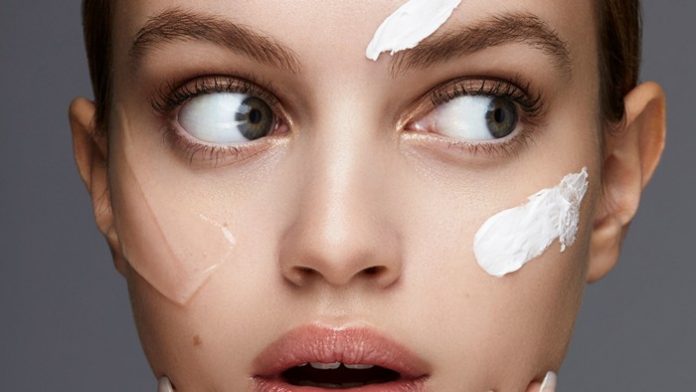A great skin-care regimen can work wonders for making sure your makeup wears flawlessly throughout the day, but primer is the real key to getting your makeup to perform the way it should.
Primers have come a long way in the past decade, and come in a mind-boggling array of choices. Keep reading for everything you ever wanted to know about these perfect-skin essentials.
Pick your primer: Primers can do so much more than just make your foundation go on smoother. Primers are sort of like insurance for your makeup, and perform many actions including smoothing, concealing, protecting and prepping. However, their main roles are to keep your makeup on longer and give your skin a smooth, flawless finish. Any fading, bleeding or blotchy behavior that can occur throughout the day can be prevented with the use of a little bit of primer under your foundation (just make sure the ingredients play well together). Many primers now are also infused with SPF, so they help keep your skin protected while lending radiance. Here are the best products:
Blurring primers: These types of primers use light reflecting technology to create a soft-focus effect that airbrushes out flaws, making them easier to cover.
Color-correcting primers: These rainbow shades erase problems by using the concept of the color wheel — where shades on the opposite side of the wheel cancel each other out — to craftily conceal your complexion issues.
Anti-aging primers: Primers that are anti-aging have both protective and reparative qualities. Many feature SPF to protect against UV damage and skin-healthy ingredients like peptides and niacin that work to improve skin texture and tone.
Gripping primers: Jelly primers are all the rage, and their sticky, hydrating consistency plumps the skin and serves as a great base for gripping makeup.
Illuminating primers: Primers with illuminating propertied are one surefire way to make your foundation look like skin. Apply them on bare skin, all over the face or on the high points of it (nose, brow bone, cheekbone, Cupid’s bow) to add life and dimension to your complexion. If you’re having a good face day and don’t want to wear foundation, you can still use a highlighting primer to liven up your skin.
Pore-minimizing primers: If you’re sick of your pores dominating your face, try a pore-minimizing formula. These oily skin savers blur pores to make them less noticeable, and also mattify, so you can get rid of shine and greasiness in one swipe.
Mattifying primers: For truly oily skin, a primer that’s outright mattifying is the best.
Hydrating Primers: Dry, dehydrated skin can make wearing foundation a challenge — it settles into rough patches and gives your complexion a flaky appearance. If that sounds like you, try using an ultra-moisturizing primer that is made of ingredients like hyaluronic filling spheres, vitamin B3 and lychee extract to drench your parched skin and ensure your base makeup doesn’t settle into any lines or dry patches.
Primer application: Once you’ve found your ideal primer, you need to master the fine art of application. The first rule of primer is to always apply moisturizer before priming, as it makes your primer application even. Wait a few minutes after your application before priming and start in the center of the face and work your way out — you want a light coverage, not heavy. Apply primer with your fingertips or a sponge, and avoid the eye area. Once your primer is on, allow a few minutes for it to set before applying foundation. When choosing a foundation, make sure you choose a product that mixes well with foundation. Try to maintain similarity and consistency to ensure your foundation doesn’t separate throughout the day.

















